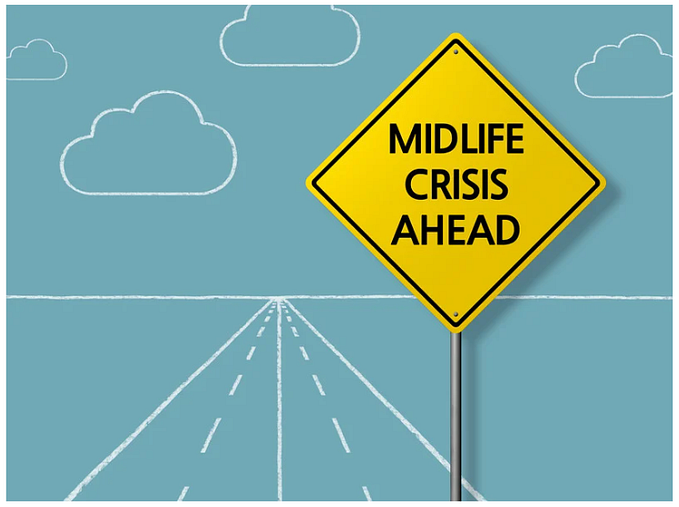Member-only story
Why So Many Companies Fail at Strategy — and How to Fix It
There’s a reason why 95% of employees have no idea what their company strategy is

 Strategy should be crucial to most companies, but at some point, when none of us were paying attention, “strategy” became just another buzzword. In other words, “strategy” rarely carries any tangible, practical meaning.
Strategy should be crucial to most companies, but at some point, when none of us were paying attention, “strategy” became just another buzzword. In other words, “strategy” rarely carries any tangible, practical meaning.
I guess this shouldn’t entirely surprise us. Other terms that should mean something — like “innovation,” “engagement,” and, my personal favorite, “work-life balance” — have also morphed into buzzwords over time. Which is sad, because the literal meaning of these terms can relate to real and important goals for most companies. But instead, the words on this list have ended up like all other buzzwords: intended to make things appear shiny and exciting, despite no concrete actions behind them.
I’ve written before on strategy, including why most strategic plans aren’t that great and why your strategic “roadmap” probably isn’t leading you anywhere. This time, I’d like to start by discussing a few key data points surrounding strategy, go into reasons it’s not working for most companies, and then offer some suggestions to fix the problem. Ready? Set? Let’s go!
The sad strategy and planning numbers
Let’s start with quarterly returns. As this article from Harvard Business Review explains, quarterly returns murder long-term strategy and promote myopia. We all know this, but it’s really hard to change a model so ingrained in modern business culture.
This myopia isn’t just theoretically harmful — it also affects companies on a practical level. Here’s an example that’s a bit sad: One Harvard Business study found that 95% of employees at most midsize to large companies don’t understand the strategy of the company. Hmmm. And apparently, per McKinsey, just 21% of board members fully understand the company’s strategy. This all ties with some previous research: 67% of senior managers can’t name the CEO’s key priorities or strategy.
You can and should take these three data points with a grain of salt (as with any set of limited data). But think about where they intersect. Essentially, strategy and planning might be…











